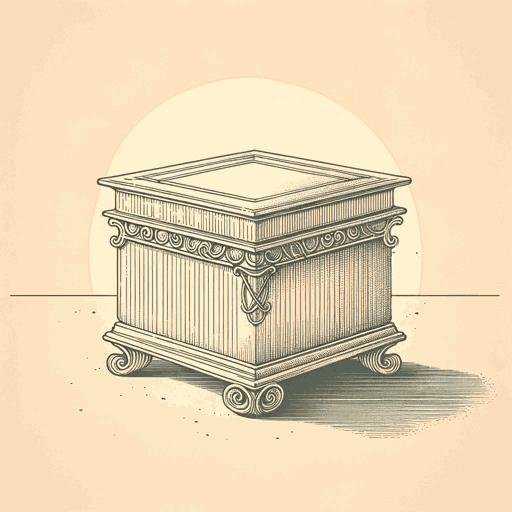96 pages • 3 hours read
Bernard EvslinHeroes, Gods and Monsters of the Greek Myths
Fiction | Short Story Collection | YA | Published in 1966A modern alternative to SparkNotes and CliffsNotes, SuperSummary offers high-quality Study Guides with detailed chapter summaries and analysis of major themes, characters, and more. For select classroom titles, we also provide Teaching Guides with discussion and quiz questions to prompt student engagement.
Symbols & Motifs
Violence
Modern audiences can struggle with the prevalence of violence, exploitation, and enslavement in ancient myths. The ancient Greek world of the earliest written sources did not have centralized governing bodies or legal systems that modern readers can recognize from the contemporary world. “Greece” and “Greeks” are Latinized names that refer to a modern nation and people. In antiquity, however, the people who told these myths referred to themselves as Hellenes. They spoke different dialects of the same language and shared a set of values that did not prevent them from being almost perpetually engaged in conflict and combat.
Enslavement could result from conquest or kidnapping, with aristocratic, skilled, or beautiful captives becoming status symbols for those who acquired them. Societies and individuals perceived to be weaker could be vulnerable to arbitrary violence without warning. The myths work through anxieties about the threat of violence, which remains present as a recurring motif in Evslin’s retellings.
The threat of violence is especially evident when Demeter distracts Poseidon from pursuing her by demanding a gift, when Artemis pulls Brontes’s chest hair, when Meleager’s father frets that his neighbor might take advantage of his absence by waging war on his home, and when the Athenian tributes are randomly selected for sacrifice in Crete.


